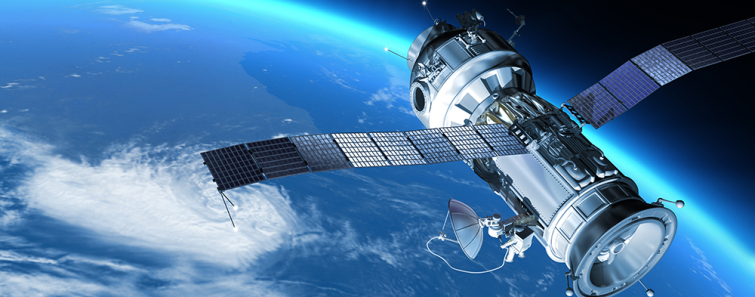Fluids and Thermal Sciences
Our expertise in fluid mechanics, complex fluids, thermodynamics, heat transfer, fire science and combustion have been an anchor for the Department of Mechanical and Aerospace Engineering for decades.
And, with NASA Glenn as a long-time partner and Cleveland neighbor, it’s no wonder why. From the thermodynamics of two-phase flow to turbulence simulations, to research in microgravity and fire dynamics in space, we have a longstanding history of exploring science beyond the earth’s atmosphere. We’re focused on understanding combustion and burning behavior of solids in space—where gravity and buoyancy flow are absent. Our research portfolio includes material flammability and fire safety in microgravity, and we’ve conducted experiments everywhere from drop towers and parabolic flights to space shuttles and the International Space Station.
We translate that research to the terrestrial sphere as well—the study of fire and combustion in gravity-free environments eliminates the confounding factors of buoyancy flows, allowing us to better understand the underlying physics of fire dynamics. And in addition to analyzing material flammability and fire safety on Earth, we conduct research in other areas of fire science such as the detonation, conduction and explosion of fires in both large areas and confined spaces; the development of start-of-art combustion models, mesh-free technique simulations; smoke toxicity detection; fire extinguishing with minimal environmental harm; and the burn patterns of modern, energy-efficient buildings.
Across the full breadth of fluid and thermal sciences, we’re exploring multi-phase simulations for all manner of applications, including the growing field of additive manufacturing; the thermal management of electronics like laptops and batteries; and even the assessment of the human heart as a fluid.
Institutes, centers and labs related to Fluids and Thermal Sciences
Faculty who conduct research in Fluids and Thermal Sciences
R Balasubramaniam

Paul Barnhart
Uday Hegde

Steve Hostler

Yasuhiro Kamotani
Olga Kartuzova
Mohammad Kassemi

Chirag Kharangate
Jun Kojima
Chengyu Li

Ya-Ting Liao
Bryan Schmidt

Fumi Takahashi












